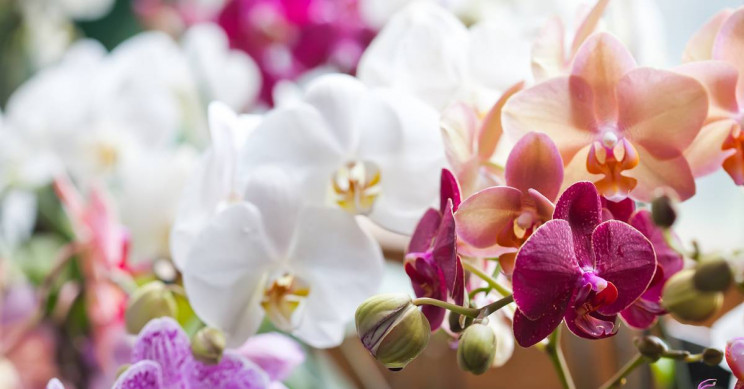Watch any TV show or movie where the protagonist goes to the home of someone who is wealthy. Look on the console table near the front door, or on a desk, and you’re likely to see an orchid plant. As the Orchid Republic website says, “Orchids possess a rare brand of beauty, the type that exudes class and elegance …” A lot of people must be looking to “exude class and elegance” because orchids have become ubiquitous in the U.S. You can find them for sale at your neighborhood grocery store, or at hardware or home improvement stores. If you don’t have a green thumb, Ikea sells artificial orchid plants. Orchid plant Source: Wildfeuer/Wikimedia Commons So, how did the orchid become a symbol of wealth and refinement in America? The orchid hunters The orchid has its roots in the early 1800s in Great Britain, which was the time of the great naturalists such as Charles Darwin . In 1818 , English naturalist William John Swainson was sending exotic plant samples back from Brazil. He needed some packing material, and he used orchids that hadn’t yet blossomed. Upon their arrival, the orchids bloomed, and their flowers so entranced viewers that orchid fever began. In an echo of the Netherlands tulip mania , which took place during the years 1636 and 1637 , orchid collecting became a mania for Britain’s wealthy. And, just as in tulip mania, speculators stepped in and dispatched numerous expeditions to South America and the South Pacific to search for orchids. These Victorian-era orchid hunters faced hostile native tribes, tropical diseases, wild animals and poisonous snakes. After his first haul of orchids was stolen, David Bowman returned to the jungles of Columbia only to catch dysentery and die. Gustavo Wallis died of yellow fever and malaria, while William Arnold drowned in the Orinoco River in Colombia. In 1891 , famed orchid hunter Albert Millican published his landmark work on the subject, Travels, and Adventures of an Orchid Hunter , describing his five expeditions to the Andes. On his sixth, he was stabbed to death. As recounted in […]






